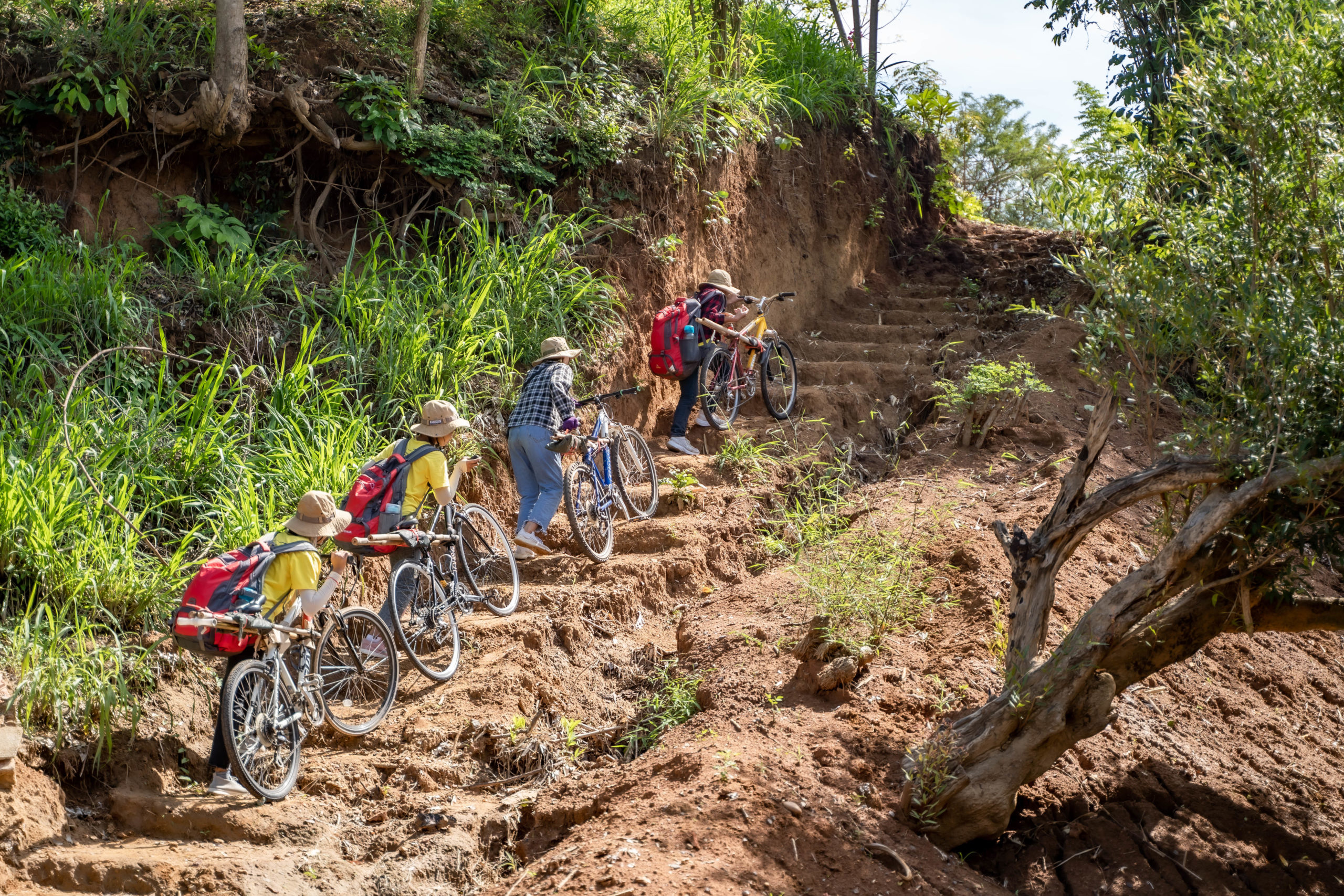As schools start to go back in numerous countries around the world, the Foundation’s Secretary General John May discusses what schools may look like in the ‘new normal’ and highlights the importance of learning outside the classroom, as well as in.
More than twenty years ago, in 1998, The Age magazine, based in Melbourne Australia, published an article about what schools might look like in the future. “Next century, schools as we know them will no longer exist. In their place will be community-style centres operating seven days a week, 24 hours a day. Computers will become an essential ingredient in the recipe for an effective school of the future.”
Students, The Age asserted, will see and hear teachers on computers, with “remote learning” the trend of the day. Accessing “classrooms” on their home computers, students will learn at times most convenient for them. Yet some attendance at an actual school will be required to help students develop appropriate social skills.
Even a year ago, we might have dismissed this as fantasy. But the last few months have catapulted us all into a world of virtual communication, with everything from geography lessons to physical education workouts being delivered to young people online. We’ve discovered that, if you have the tech at home, (and that’s a big ‘if’), then much that we assumed had to happen at school, can happen away from it.
The question in my mind, though, is, should it?
A good school is more than just a collection of classrooms, an assembly hall and a few other specialist facilities. It is a community.
During lockdown, young people have missed being with their friends, doing things together in the same place and the same time, intermingling. No amount of virtual activity, no matter how good your smartphone is, can take the place of actually being with people. The pictures we see on our televisions of children sitting in socially distanced rows or socialising in ‘bubbles’ in the playground only go to show, in my mind at any rate, that such arrangements are unnatural, unhelpful and can only be extremely temporary.

So, as young people in some countries start to navigate the classroom again, what should school look like once we have established a ‘new normal’ and the threat of COVID has passed?
Classrooms should look and feel different. The last few months have proved that a whole lot of curriculum content is better delivered via technology than by a teacher standing and lecturing at the front of a class. Artificial intelligence means that learning can happen at an individual’s own pace; a pupil can go back and visit material that didn’t quite make sense the first time around; she can skip over stuff she already knows. So, the classroom could become even more of a place for interaction than it is now – a place to come and learn when being with other people is essential. To debate, to experiment, to make, to touch and feel. The teacher in the classroom could, at last, be a true facilitator of learning, but not the prime imparter of knowledge.
There should be many more individual and small group learning spaces, each equipped with the technology needed to access online learning and communication. Even those pupils with their own technology at home should choose to come to school to meet up with peers and study together. Those without easy access must have priority when using facilities at school.
Other spaces should be dedicated to specific whole group learning. Drama studios, music practice rooms, gyms, sports halls, laboratories and workshops could become even more important than they are today. We must stop seeing playing fields being sold off to speculative developers. The school library could flourish as the central lifeblood of a campus as it continues its evolution from being just a repository for books to being a multi-media, multi-function space, (though still with lots of real books to handle, read and enjoy).
Classrooms and learning spaces should be available on a much more flexible basis than currently. Pupils might be expected to attend certain core classes, but be able to pick and choose when to arrive and leave school. Schools should manage child protection to ensure that many spaces are open to the community as well as to students.
Adventurous activities, leadership development and vocational skill training should be available to all pupils, regardless of academic achievement. Many of these areas of learning could be delivered by volunteers alongside teachers and paid youth workers, often through the auspices of third-party organisations, such as the Cadets, Scouts or sports clubs – but the school should provide the facilities and be the hub within the community.

Of course, this evolution is already happening in many schools throughout the world. The Age was not far wrong in its predictions. Surely, change will accelerate following COVID-19, even if scant resources make some developments impossible in the short term. Or perhaps, sadly, as some friends have suggested, many schools will go right back to the way things were before, because the old ways are easy and comfortable (and comparatively cheap), without stopping to think and reflect about what this period may have taught them.
Whatever happens, I can guarantee one thing. No matter how things develop, no matter how hard designers and architects work, the sports hall will always smell of teenage feet on a wet Friday afternoon.





 The curriculum must change. It’s time to position non-formal education and learning properly within the life of every school. Knowledge should still be important and academic attainment prized, but there must be a greater expectation that pupils will also develop life skills, behaviours and attitudes as part of the core work of the school, rather than as extracurricular non-compulsory, options. Obligatory sport and fitness activities should come back into fashion as governments work to combat obesity and create lifetime habits; service to the community should be a requirement for all pupils as part of citizenship development and should take place at appropriate times throughout the day rather than ‘after school’."
The curriculum must change. It’s time to position non-formal education and learning properly within the life of every school. Knowledge should still be important and academic attainment prized, but there must be a greater expectation that pupils will also develop life skills, behaviours and attitudes as part of the core work of the school, rather than as extracurricular non-compulsory, options. Obligatory sport and fitness activities should come back into fashion as governments work to combat obesity and create lifetime habits; service to the community should be a requirement for all pupils as part of citizenship development and should take place at appropriate times throughout the day rather than ‘after school’."